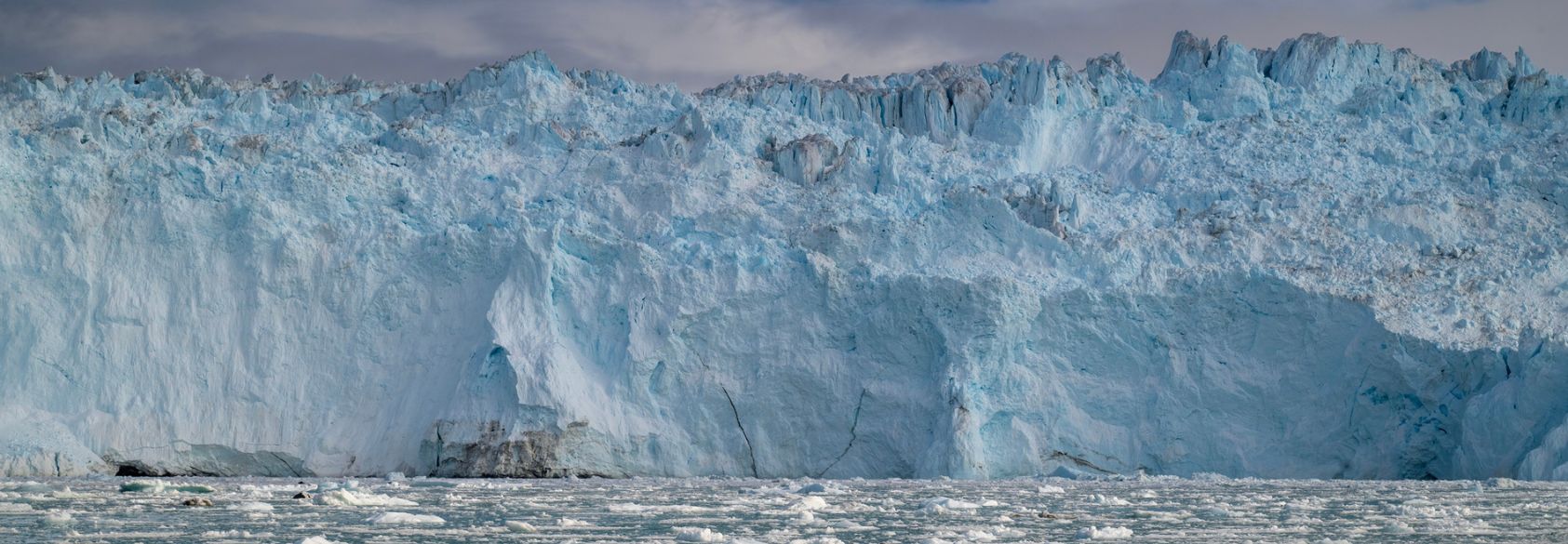Study Warns 1.5-degree Warming Limit Can’t Prevent Dangers of Melting Glaciers
Ask students: Why did scientists and climate experts set that specific threshold, and why might it still not be enough to avoid severe climate change problems?

Can limiting warming to 1.5°C really prevent glaciers like Greenland’s Eqi Glacier from melting?
Share
July 8, 2025
Ask students: Why did scientists and climate experts set that specific threshold, and why might it still not be enough to avoid severe climate change problems?
Share
NOTE: If you are short on time, watch the video and complete this bell ringer activity: What did you notice? What did the story make you think about? What would you want to learn more about?
The 2015 Paris agreement’s goal of limiting global warming to 1.5 degrees Celsius was thought to be the threshold for averting severe climate change impacts. But new research says even that level is too high to prevent the catastrophic consequences of sea level rise due to melting glaciers. John Yang speaks with Chris Stokes, one of the study’s authors, to learn more.
View the transcript of the story.
Watch the video below to hear from young people who are leading efforts to protect our planet in their communities. after watching the video, discuss:
Explore more resources for educators to find a wide-range of relevant preK-12 lessons on climate change or supporting young people as they continue to lead the conversation around the climate change crisis.
Republished with permission from PBS News Hour Classroom.
